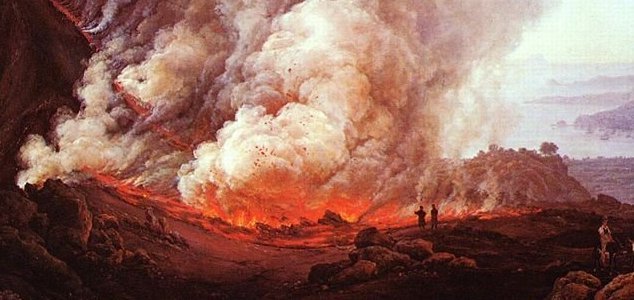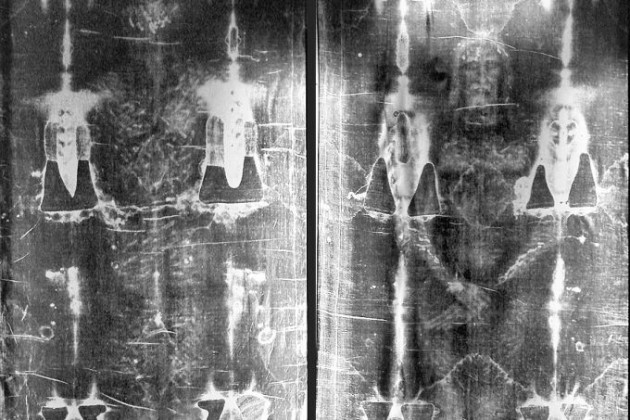
l
In the year 536 AD early historians recorded how the sky had become veiled by clouds of thick dust and ash that blocked out the light from the sun for a period of several months.
During this time the sun shone no brighter than the moon and freak weather conditions including snow showers and frost in the middle of the summer lay waste to vast swathes of food crops.
The disaster resulted in plague and famine which ultimately wiped out one third of the entire population of Europe and brought what was left of the Roman Empire crashing to its knees.
Now thanks to a new study of ice cores and historical records scientists have been able to determine that this catastrophic series of events had been caused by a chain of volcanic eruptions in the Americas followed up by further eruptions in the tropics only a few years later.
“Our new dating allowed us to clarify long-standing debates concerning the origin and consequences of the severe and global climate anomalies which began with the mystery cloud in 536AD observed in the Mediterranean basin,” said study author Dr Michael Sigl.
“These cooler temperatures were caused by large amounts of volcanic sulphate particles injected into the upper atmosphere shielding the Earth’s surface from incoming solar radiation.”
The study also showed that 15 of the 16 coldest summers between the 6th and 11th centuries had followed significant volcanic eruptions – some of which being the largest ever recorded.
Originally posted 2015-09-22 15:41:16. Republished by Blog Post Promoter













